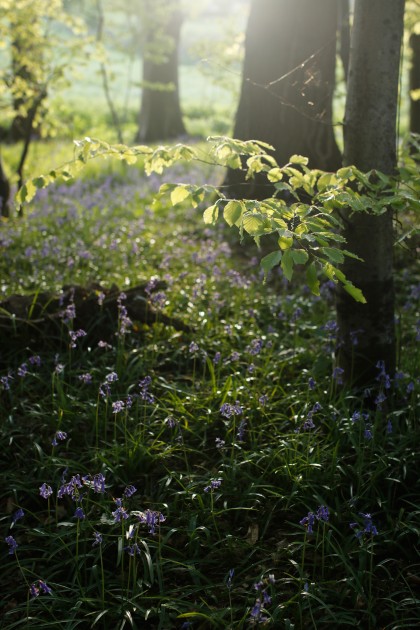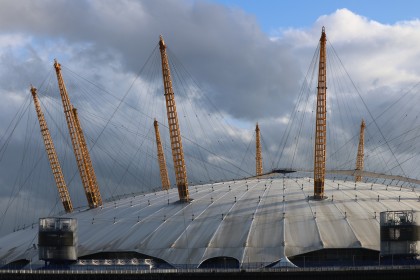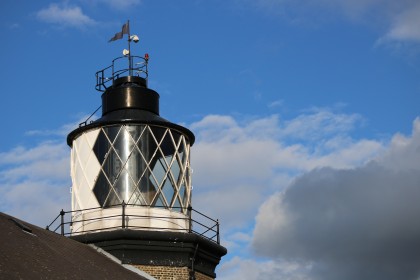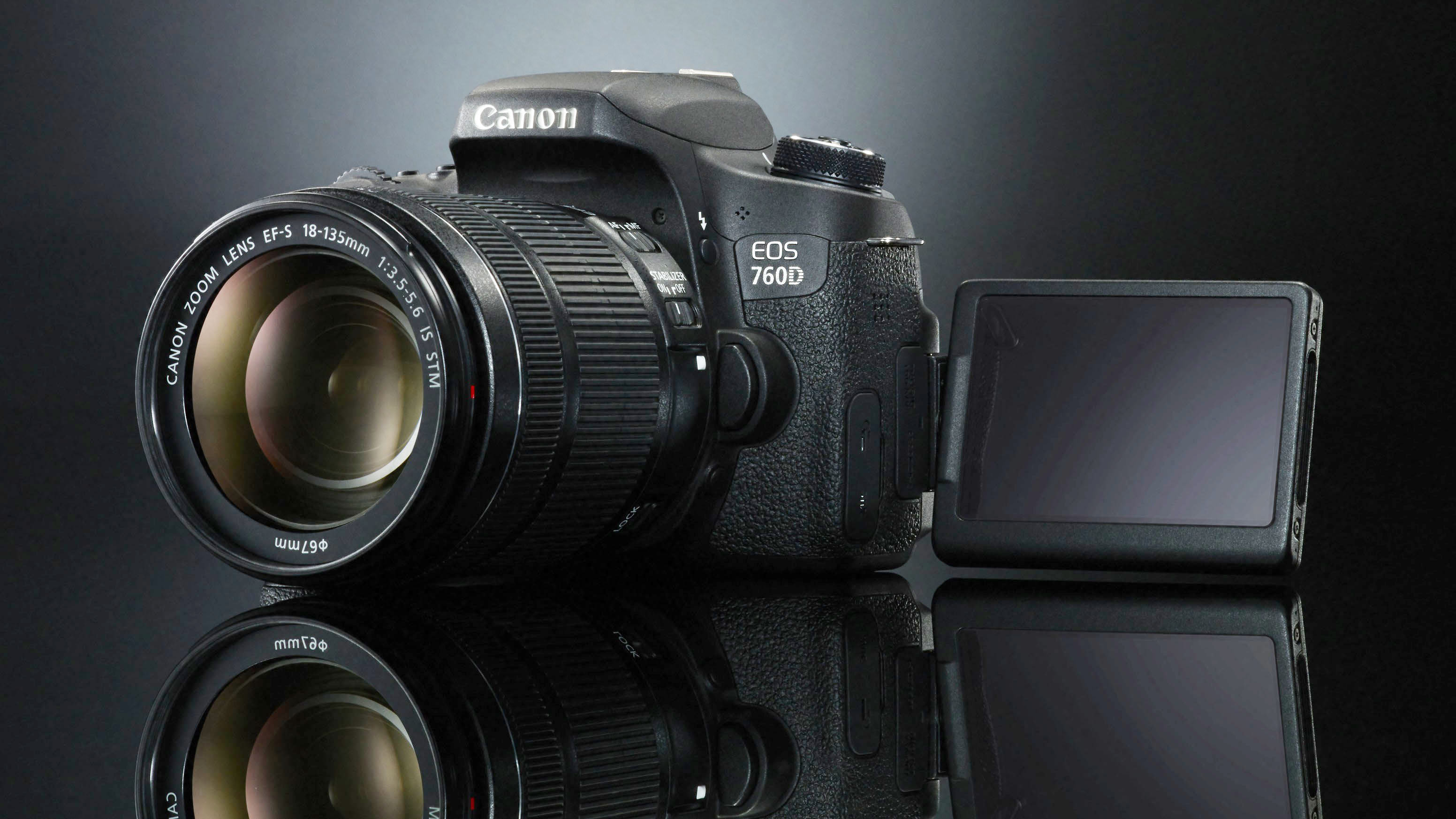Why you can trust TechRadar
It seems like Canon has been using an 18-million pixel sensor in its APS-C format SLRs forever and some potential buyers have been enticed by the 24Mp devices inside Nikon's recent SLRs. The advantage of having more pixels, in theory at least, is that you can capture more fine detail. The downside is that there's increased risk of noise.
But Canon has done a good job of balancing these two with the Canon 760D and 750D. Both manage to resolve a high level of detail that's a big step up on what is captured by the 700D's 18Mp sensor. Noise is also controlled well, but it's interesting to note that 760D can't quite match the 24Mp Nikon D5500 for resolving power. The 20Mp Pentax K-S2 is also a close competitor in the resolution stakes – like the D5500 it is no doubt aided by the lack of an anti-aliasing filter over the sensor.

This shows the level of detail the Canon 760D is capable of resolving. Click here for a full size version.

Taken at ISO 6400, this shows that the 760D's noise levels are no higher than the older 700D's, despite the increase in pixel count from 18Mp to 24Mp. Click here for a full size version.
When all noise reduction is turned off there's a very fine texture visible in ISO 200 raw files at 100%, and by ISO 400 there's a hint of chroma noise visible in some areas. No noise is visible in simultaneously captured JPEGs files and there's no obvious sign of smoothing.
Chroma noise becomes a little more obvious in ISO 1600 raw files when all noise reduction is turned off and they are examined at 100%, but again the JPEGs look very good. Step up to ISO 3200 and JPEG images start to show signs of smoothing at 100%, but there's still plenty of detail.
The level of softening visible in JPEGs taken in the default noise reduction set-up becomes problematic in some areas at around ISO 12,800, but it doesn't have the watercolour appearance at 100% that we see with Sony cameras. Generally, images taken at this setting look pretty good at around A3 size (16 x 12inches), but some may need to be limited to around 10 x 6.6inches. The ball of red wool in the ISO 12,800 JPEG image of our sensitivity test scene, for example, lacked detail and looked like a bright amorphous blob at A3 size. The raw file is much better.
There's a sensitivity expansion setting of ISO 25,600 and while it could be useful from time to time, I recommend only using it when images can be limited to around 7 x 5 inches.
Scrolling through images from the 760D and 750D reveals that, as we expected, apart from the odd change to exposure that can be explained by a shift in the composition and focus point, they produce identical images. When the same scene is shot, the colours are identical from the two cameras.
On the whole, in the default settings, colours are well saturated and vibrant. The automatic white balance system copes well with a range of lighting conditions, but I find the Daylight settings is often a better option for natural lighting conditions. This option usually makes images taken in shade a little warmer, without the excess of the Shade or Cloudy settings.

On the whole the 760D's metering system coped very well with a wide range of conditions. This shot needed just -0.33EV compensation to keep the brightness of the scene under control. Click here for a full size version.

The EOS 760D has an electronic level which is visible both on the LCD display in live view mode, and in the viewfinder. Click here for a full size version.
I was impressed with the 7D Mark II's metering system when I tested it so I am pleased that the 760D has a very similar system, albeit with 7,560 pixels on the RGB and InfraRed sensor rather than 150,000. And when images are composed in the viewfinder, the 760D's Evaluative metering system does a superb job of assessing exposure in a wide range of conditions. It even manages to produce good exposures in very tricky situations such as when the subject is backlit and it isn't excessively skewed by the brightness of the subject under the active AF point. That said, you can't forget about exposure altogether and leave it entirely to the camera, there are a few occasions when a little exposure compensation is required.
The Live View metering system also works well, but as the screen can show the image as it will be captured, getting exposure right is less of an issue. As the 760D is an SLR it has an optical viewfinder and it can't show the impact of exposure settings, you have to rely on the exposure guide and experience when shooting with the camera to your eye.
I found that in 19-point Continuous Autofocus mode the 760D does a decent job of finding the subject and tracking it around the frame. It doesn't always get it right, but it's a good option when the subject's movement is unpredictable and hard to follow. When it's possible to anticipate the direction of the subject's movement, Zone AF mode or Single point AF mode are a better option. The phase detection system gets the subject sharp very quickly, even in quite low light. And when a fast lens is mounted it performs well in very gloomy conditions.
While the hybrid autofocus system is fast and accurate enough to use the camera hand-held for stationary targets, it's not quite quick enough for fast moving subjects.
While the 760D isn't the ideal choice of SLR for a dedicated videographer, it has enough movie features and control to allow stills photographers to produce decent footage when they want to. Video Snapshot mode is especially useful for creating a series of 2, 4 or 8 second clips that can be joined together in-camera to create a dynamic single movie.

The EOS 760D has vibrant but realistic-looking colours in this shot. Click here for a full size version.

And in this one too. Click here for a full size version.
